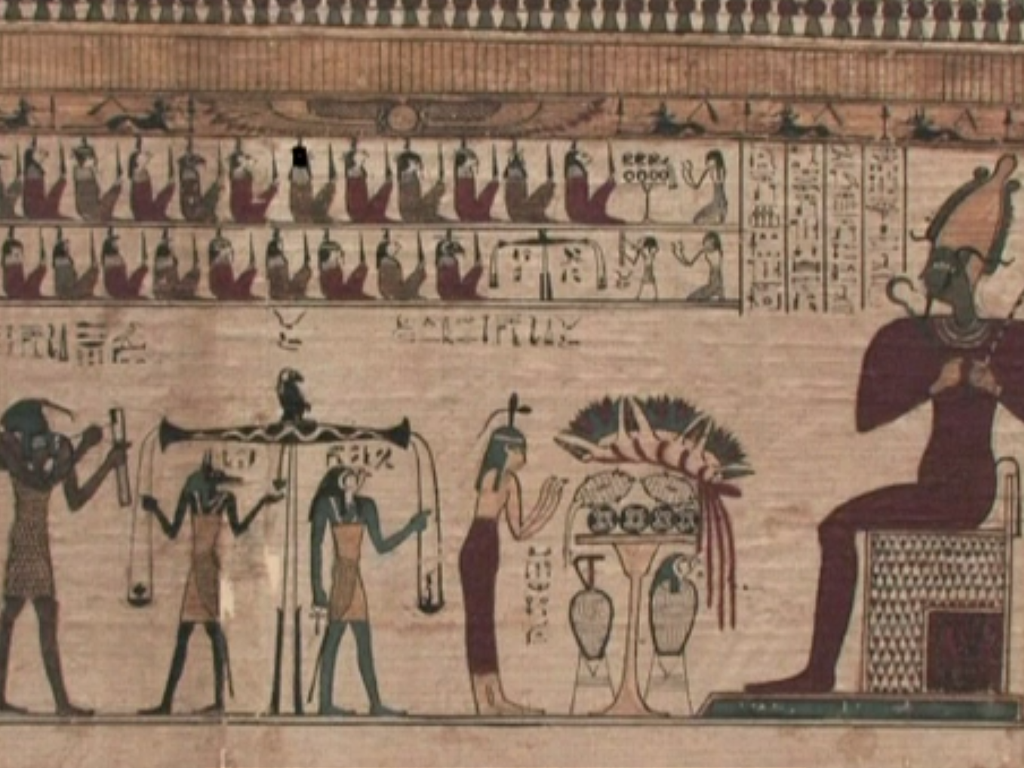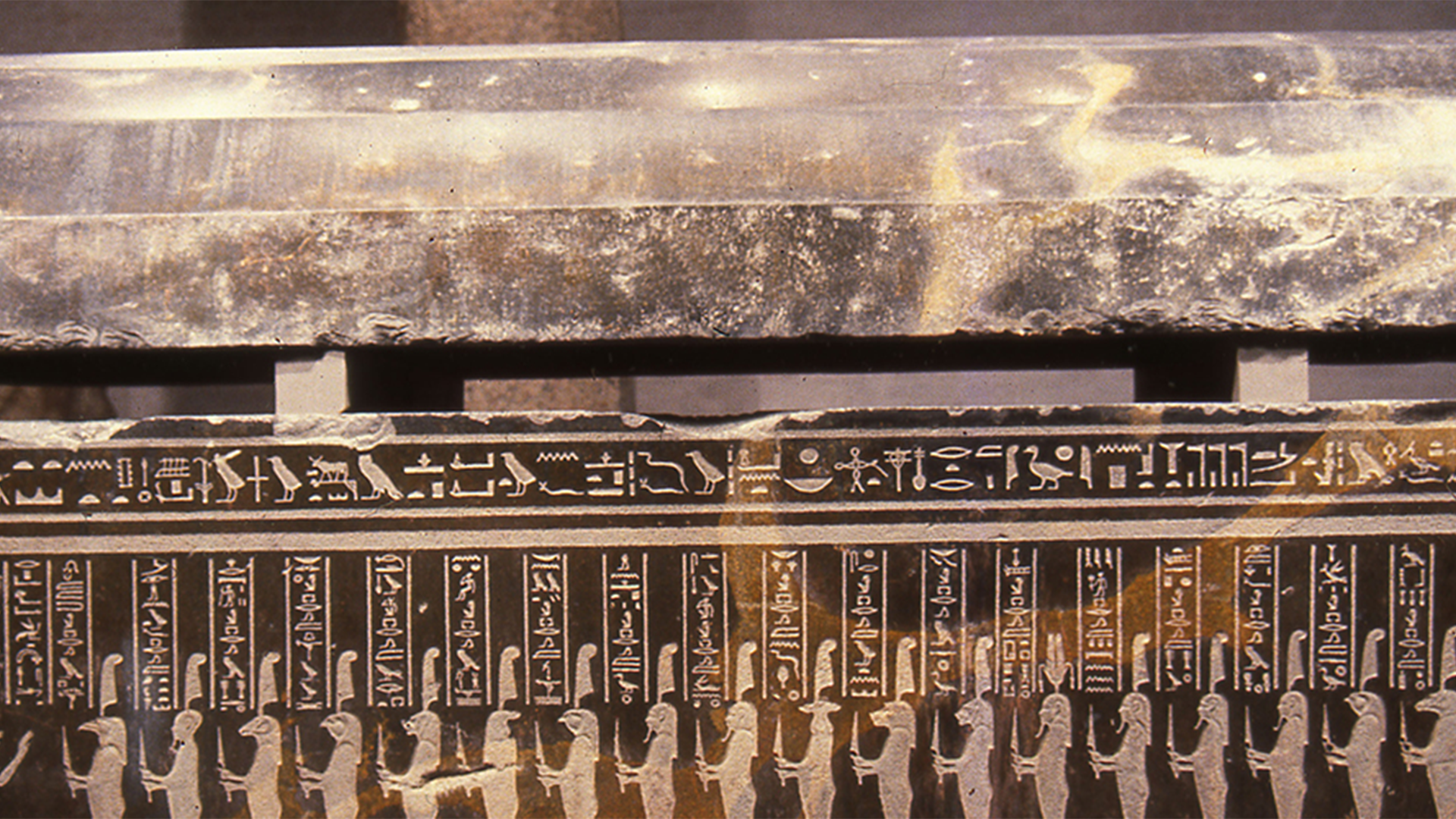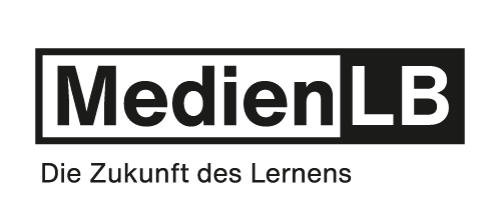 History
History

4655719 / 5550728
The Egyptian Book of the Dead
Ancient Egypt
The notions described in the texts and pictures of the Book of the Dead are central to the ancient Egyptian belief in an afterlife – the belief in resurrection and life after death. In order to be granted passage to the “Realm of the Blessed”, the deceased first have to justify themselves before the Court of Death and give account that they have led their lives according to the laws of Maat – the order of the universe and justice. The Book of the Dead lists the names of the judges at the Court of Death, who the dead must appeal to and convince of their innocence. Further, it contains a plethora of magical texts for the protection of the deceased and describes the places in the underworld. These texts were inscribed on papyri, coffins and numerous burial objects like canopic jars, uschebtis or mummy masks so that they were available to the deceased at any time. After all, they describe their transformation from mortals to glorified god-like beings who would live eternally.
Play trailer









